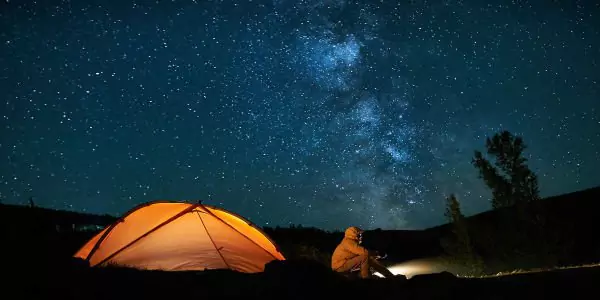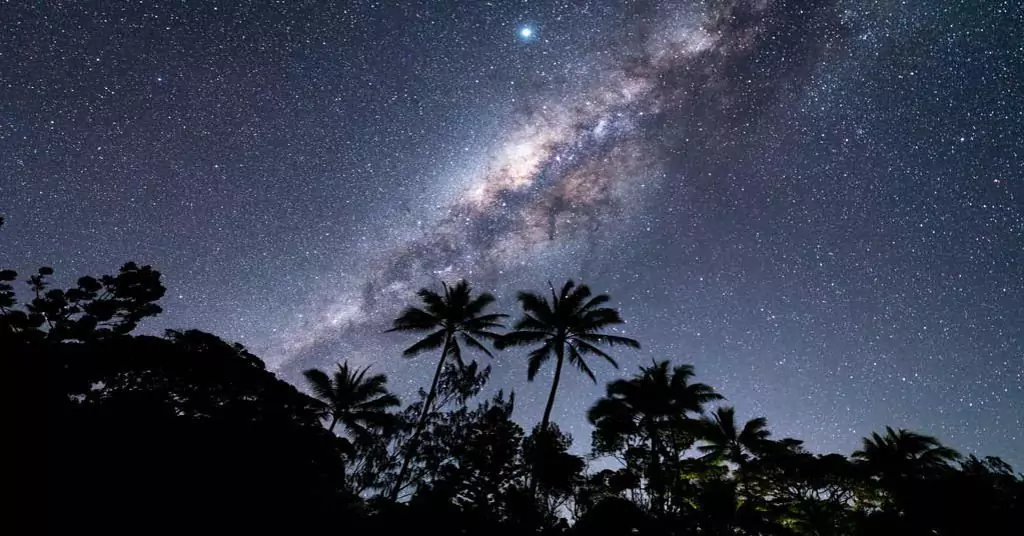Explore Astrophotography Tips – The Ultimate Tips
When cities quiet down in the dark of night, the sky shows its beauty. Astrophotography is for you if you want to capture this magic with your camera! This guide helps you take photos of stars and more. Astrophotography can be fun and fulfilling whether you love space or are just getting started.
Gear Up for Astrophotography Success
Gazing at stars is magical, but capturing them forever is extraordinary. Dive into astrophotography with gear.
Camera Considerations
Your camera is essential for taking pictures of space. Full-frame sensors are the best for capturing light in the dark. It would also help if you had a strong tripod to keep your camera steady while taking long exposure shots. Tripods are essential because they ensure your photos look clear, even if the Earth is moving.
Lens Selection
Your lens is like the eye of your camera. It is important to choose one that lets in a lot of light, like those with wide apertures, such as f/1.4 or f/2.8. Depending on what you want to capture, you might need a lens that can zoom in close (telephoto lens) or capture big scenes (wide-angle lens). Think of picking the right lens as choosing who tells the story of what you see in space.
Mastering Camera Settings for Astrophotography
Astrophotography lets you paint with starlight. Here’s your step-by-step guide.
Aperture
Imagine the night sky as your big canvas and the stars as tiny dots of paint waiting to be captured. Your lens’s aperture is like a particular brush that controls how much starlight reaches your camera. A wider aperture lets in more light, helping you capture even the faintest stars. It’s like a careful dance between wanting precise details and ensuring you have enough light to see everything.
ISO
Think about being in the quiet of the night, where everything feels calm and deliberate. ISO is like a volume knob for your camera, making it more sensitive to light. Starting with ISO settings between 1600 and 3200 is an excellent idea to capturing the night sky. It’s a bit like walking a tightrope – go too low, and you might miss seeing the stars clearly; go too high, and you’ll end up with unwanted noise in your photos. Remember, with higher sensitivity comes the need to manage noise to keep your pictures looking sharp and clear.
Shutter Speed
Shutter speed is like the stopwatch for your camera, measuring how long your sensor is exposed to light. It’s all about timing. You want to find the perfect balance that captures the stars without any blurring from the Earth’s movement.
Essential Techniques for Astrophotography
Turn starry skies into stunning photos with these key techniques.
Manual Focus
When the night falls, autofocus struggles to keep up. That’s where manual focus, with the help of Live View, steps in as your reliable guide. Adjusting the lens by hand brings those distant points of starlight into sharp focus, capturing their beauty.
Composition
Each photo tells a story, and the stars have their tale to share. Please pay attention to the celestial objects and their earthly surroundings. “Use the rule of thirds to create a balanced composition. This involves dividing your image into three equal parts, horizontally and vertically, and placing your subject or points of interest at the intersections of these lines. This will help you create visually appealing and well-balanced photos.” harmonious composition.
Dealing with Noise
High ISO settings are great for capturing starlight but can also introduce unwanted noise. In your nighttime photography journey, you’ll encounter this pesky noise. Thankfully, with a bit of post-processing magic, you can strike a balance between precise details and a clean image.
Location, Light Pollution, and Weather

These three factors are the holy trinity of successful astrophotography.
Finding Dark Skies
The best views of the celestial show are seen against dark, unpolluted skies. Light pollution maps are like your treasure map, guiding you to places where the urban glow doesn’t dim the stars.
Weather Conditions
Clear skies mean clear shots. Pay attention to the weather forecast and aim for calm, cloudless nights. These are the perfect conditions for capturing stunning images of the night sky.
Additional Tips and Considerations
Astronomical Assurance through Apps
Thanks to technology, you have a galaxy of tools at your fingertips. Apps can help you track celestial movements and plan your photo sessions, acting as wise companions on your journey under the stars.
Advanced Techniques
Just like astronauts training for space, astrophotographers need to keep evolving. Image stacking is like a sophisticated tool for reducing noise, allowing you to capture even the tiniest details of the night sky.
The Constellation of Safety
Safety should always be a priority in the quiet of the night. Take precautions before heading out, like getting to know the area and letting someone know where you’ll be. It’s like having a guiding star to keep you safe during your nocturnal adventures.
Conclusion
Looking at the stars is fantastic. When you take pictures of them, you’re capturing secrets of the universe. Explore with what you know and your love for it. Every time you try, you’ll feel amazed and connected. Astrophotography isn’t just part of your journey—it is your journey. Follow the stars, stay curious, stay excited, and keep exploring the night sky.
FAQs
Do you need expensive equipment to take good astrophotography?
A: While some specialized equipment can enhance your results, you can capture stunning images with just a basic DSLR camera and lens. It’s more about understanding the techniques and making the most of the gear you have.
Can I do astrophotography in a city or areas with light pollution?
A: It is possible to capture images in these areas, but the results may need to be clearer and more vibrant due to light pollution. However, some techniques and tools can help minimize its effects.
Do I need a tripod for astrophotography?
A: A sturdy tripod is essential for keeping your camera steady during long exposures. It also allows you to capture sharper images without a camera shake.
Can I use my smartphone for astrophotography?
A: While smartphones can capture some basic astrophotography, their small sensors and limited manual controls may limit the quality of the images. Dedicated cameras with larger sensors and more control over settings are typically recommended.
Is post-processing necessary for astrophotography?
A: Post-processing can enhance and refine your images, but it is unnecessary. You can capture beautiful photos straight from the camera with the right techniques and conditions. However, post-processing does offer more creative control and can help reduce noise in images taken with high ISO.







